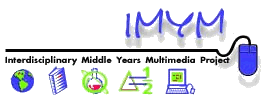
|

|







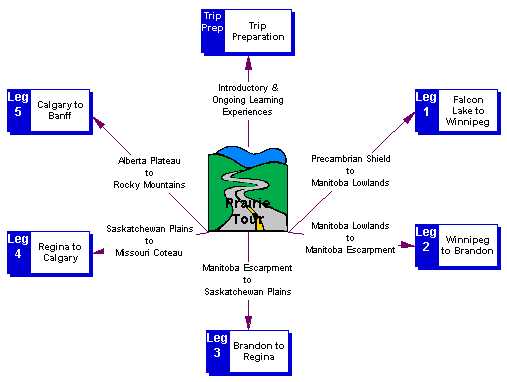
|
| The "Prairie Tour" is an example of a comprehensive unit that combines the interdisciplinary approach with the integration
|
R A D E 5 |
O O M # 14 |

  
|
| "Learning is enhanced when it is more like a team effort than a solo race.
Good learning, like good work,
|

|

|

|



 Suggestions for a "Jigsaw" Classroom Suggestions for a "Jigsaw" Classroom  1. Divide students into diverse jigsaw groups of three or four members each.
1. Divide students into diverse jigsaw groups of three or four members each.
2. Appoint one student from each group as the leader. 3. Divide the project into four or five topics. (Example: Canada -geography -history -natural resources -tourism -general information) 4. Assign one or two topics to students of each group, instructing students to collect research only for their own topics. 5. Give students time to research their topic to become familiar with it. 6. Form temporary "expert groups" by having one student from each group join other students assigned with the same topics. 8. Bring the students back into their jigsaw groups. 9. Ask each student to present her or his topic to the group. 10. Encourage others in the group to ask questions for clarification. 11. Float from group to group, observing the process, offering assistance, and making any appropriate interventions. 12. At the end of the session, give a quiz/test on the material. |







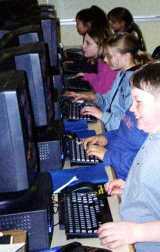
|

|

|

|
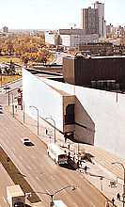
|
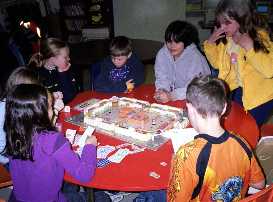
  
|